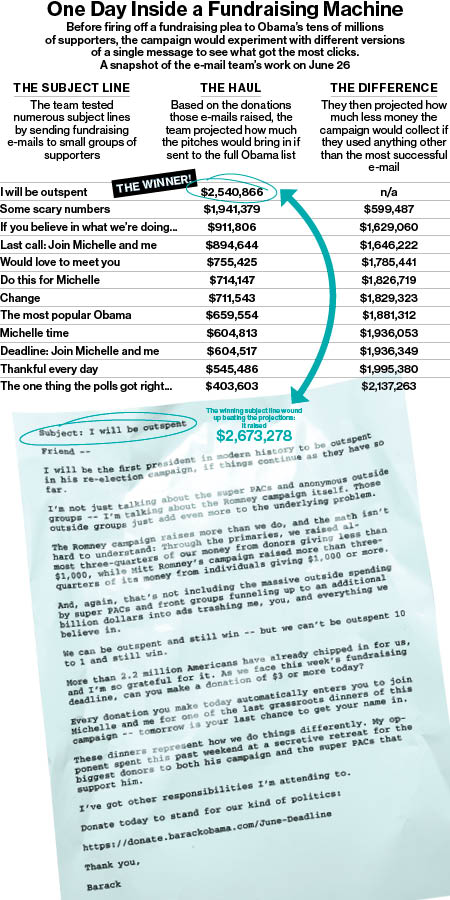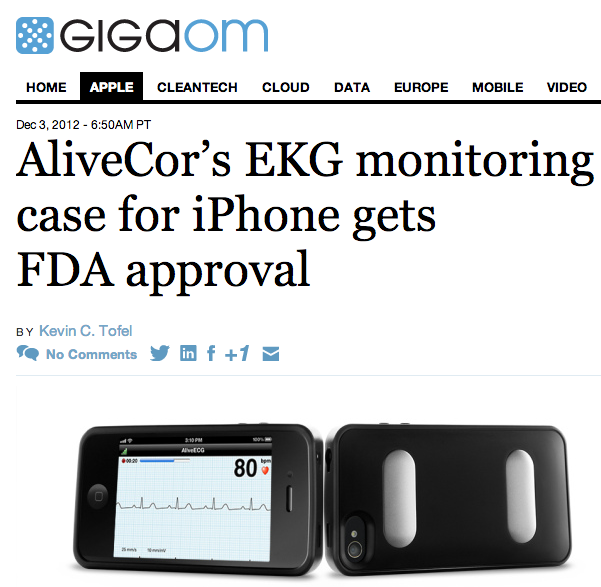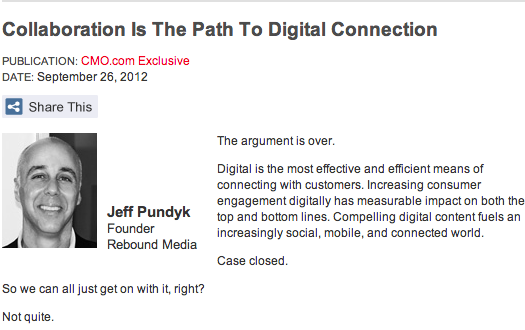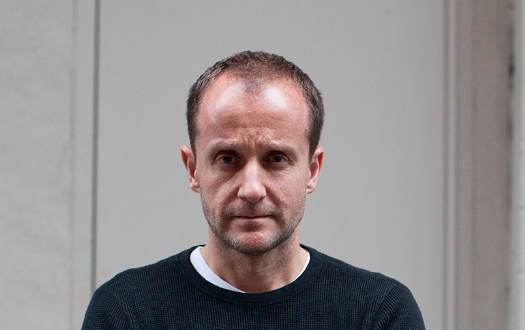By
Team DIGO | 12/05/2012 | in

Most iPhone cases just protect your phone from drops. If you’re getting fancy, it may have a fisheye camera lens or a screen-printed back. But what about diagnosing coronary heart disease, arrhythmia, or congenital heart defects? The AliveCor Heart Monitor is an FDA-approved iPhone case that can be held in your hands (or dramatically pressed against your chest) to produce an EKG/ECG–the infamous green blips pulsing patient-side in hospitals everywhere.
“We think that EKG screening can be as approachable as taking blood pressure,” AliveCor President and CEO Judy Wade tells Co.Design.
There are already apps that take your heartbeat, of course. But there’s a big difference between the fast-paced standards of casual electronics and the strict sanctions of government-approved medical devices. “The heartbeat camera apps are good at wellness,” Wade admits, “but we see ourselves for use by people who want clinical-quality equipment.”
IMAGINE THE POTENTIAL: IN-APP PURCHASE FOR A FOLLOW-UP APPOINTMENT.
So unlike most iPhone cases that are squirted by Chinese factories at extremely high margins, AliveCor’s case has been in serious development since 2010. Aside from building the gadget itself, to become a approved for medical use by the FDA, AliveCor had to participate in two clinical trials to field test both the hardware and the accompanying app. One study investigated how its single-lead EKG compared to a traditional 12-lead device, the other examined if 54 participants could figure out how to use the case properly, with no previous medical training. The latter study was not only successful but led to the diagnosis of two serious heart problems.
Read the full article here.
By
Team DIGO | 12/04/2012 | in

Why do we under-test?
Here are some lessons from the winning Obama Campaign, via Bloomberg BusinessWeek.
I love this article because it neatly demonstrates what all marketers who use direct response tactics should know, but typically don’t. It gives some great examples of what marketers using direct response tactics should do, but overwhelmingly don’t. And it shows the results, including the large sums of money that most marketers leave on the table.
Their marketing crime: under-testing.
Listen to the leader from the successful email marketing leader of the Obama Campaign (JUMP), “We did extensive A-B testing not just on the subject lines and the amount of money we would ask people for,” says Amelia Showalter, director of digital analytics, “but on the messages themselves and even the formatting.” The article goes on to say that the campaign would test multiple drafts and subject lines—often as many as 18 variations—before picking a winner to roll out to tens of millions of subscribers.
18 variations. Like we did in the old days. Like we still do today. Because doing less means leaving significant green on the table.
There’s even a neat chart in the article that shows exactly how much money would have been lost by rolling out poorer performing emails. In short, millions.
Shouldn’t we all think and test this way. Since we can’t take for granted that our competition will not, we should. Since we can’t count on the economy saving us, we must. Since we can’t expect yesterday’s successes to carry us into the future, we’d better get to it.
Why do you test? Because, you just just don’t know, numbskull! Again, listen to the successful campaign leader, “We were so bad at predicting what would win that it only reinforced the need to constantly keep testing,” Amen.
Direct marketing testing leads to humility. Humility leads to more testing. More testing leads to success.
This is what we practice at DiMassimo Goldstein. It’s the heart of the “driven” part of “Brand. Driven. Growth.”
There’s a lot more to be learned by close reading of this article. Check it out here.
By
Team DIGO | 12/03/2012 | in

Don’t be surprised if your next doctor visit requires you to touch your physician’s smartphone: the U.S. Food and Drug Administration has approved an iPhone case from AliveCor that can monitor your pulse and heart rhythm. The $199 AliveCor Heart Monitor, which works with either an iPhone 4 or 4S, is available for pre-orders and should be shipping to medical professionals by January of 2013.
To use the device, patients place two fingers on the back of AliveCor’s iPhone case and rest them on the large electrodes. The case can also be pressed directly against a patient’s chest for ECG, or electro-cardigram monitoring, purposes. Data from the electrodes wirelessly passed from the case to the iPhone, where it can be analyzed or send to the cloud for storage. The case runs on its own coin-cell battery, which is good enough for an estimated 12,000 scans at 30 seconds in length.
While the case and supporting app won’t analyze the data — that’s for an actual medical professional to; at least for now — the idea of putting the data in the cloud is intriguing. A doctor could remotely view the data for analysis, for example. Or, if the device were actually sold directly to consumers, a doctor’s visit could be done virtually: The patient could use their own AliveCor case and iPhone to send heart rate data to a local physician at regular intervals.
Read the full article here.
By
Team DIGO | 12/03/2012 | in

The argument is over.
Digital is the most effective and efficient means of connecting with customers. Increasing consumer engagement digitally has measurable impact on both the top and bottom lines. Compelling digital content fuels an increasingly social, mobile, and connected world.
Case closed.
So we can all just get on with it, right?
Not quite.
Yes, there is agreement that digital technology has killed the traditional marketing funnel as consumers turn to one another for advice and information–and that this shift has put pressure on brands to create content that is consumable, shareable, and credible. But the common response seems to be to saddle marketing or corporate communications (or their agencies) with budget-starved mandates to get digital, to become publishers, to interact.
This is the approach that has launched thousands of corporate blogs, Facebook pages, and Twitter accounts. And this is the approach that misses an essential truth about life in the digital world: Digital should blur the lines between functions within the organization.
Digital technology has disrupted every industry and geography. The argument over whether to go digital has finally ground to a halt after 15 years of tedious, repetitious, and self-defeating corporate in-fighting because the effects of this disruption are simply undeniable. And yet companies continue to take on innovative challengers, empowered consumers, and fast-moving technological changes with old organizational models.
Read the full article here.
By
Team DIGO | 12/03/2012 | in

Here are your social updates for the week—enjoy!
1. Facebook Cover Photo Crackdown
2. 500,000 Facebook Users Chase Fake $1 Million From Powerball “Winner”
3. Facebook Makes a Huge Data Grab By Aggressively Promoting Photo Sync
4. Zynga Shares Sink 12% After Renegotiated Partnership With Facebook Makes It Just a Regular Developer
5. Twitter Response to PeopleBrowsr Lawsuit
6. Viral Content:
Dubstep Christmas Lights
Boys Will Be Girls: Night Out – Harvard Sailing Team
19 People Who Are Having A Way Worse Day Than You
By
Team DIGO | 11/30/2012 | in

Columbia University has released a new study on subjective well-being around the world, listing the “happiest” countries. They are all in Northern Europe, while the least happy are in Southern Africa. U.S. is #16
There’s a lot to be learned from the article. Previously, the U.N. had released the first ever study of “subjective well-being” — a measurable form of happiness — and discovered some important correlations. In that study, the things that correlated most strongly with subjective well-being were health, wealth and education.
Reading that article cemented in my mind that DiMassimo Goldstein would focus on “health, wealth and the pursuit of happiness.” A happy decision.
Read the original article here.
Read the Columbia University article here.
By
Team DIGO | 11/29/2012 | in

Recently received this picture from the wall of a freshman dorm room at Indiana University. The buzz from last year’s DIGO party seems to have penetrated the MidWest. Those who were there will not be surprised by the news! Looking forward to the 17th this coming May!
Our work has a history of showing up in dorm rooms. Here’s an image from Meadow Soprano’s dorm room on the iconic HBO Series.

By
Team DIGO | 11/29/2012 | in

Ole is a Norwegian expatriate whose empathic and curious nature has driven him to explore consumer experiences on several continents. His eclectic, cross-cultural background ranges from military training in the Norwegian Armed Forces, to deep immersions into a diverse range of sub-cultures across the globe.
Ole serves as the Chief Strategy Officer at DiMassimo Goldstein in New York. He is the champion of our planning approach, and responsible for pushing the planning discipline forward.
As a close creative partner and strategic lead, Ole has led global and domestic cross-discipline teams on a fascinating journey of challenges. He has inspired Americans to discover the adventure of Sabra hummus, ignited emotions on old icons such as Jim Beam, and mined cultural tension in places as disparate as Tbilisi, Georgia and the Middle East.
Throughout a distinguished career stretching 20 years, Ole has led the debate and set direction for famous brands in almost every category. He was the global planning lead that helped drive Gillette to historic heights, he resurrected lost passions in the celebrated rebirth of the Saturn brand, and he inspired award winning work on brands such as The Economist, Guinness and Mercedes-Benz.
A passionate practitioner of planning, Ole has been a featured speaker at global planning events such as the Cannes Advertising Festival and the APG conference. He has a BBA with honors from the Norwegian School of Management, and an MSc from Northwestern University in Chicago.
What is your personal brand?
Empathy without borders.
What drives you?
Relentless curiosity.
A desire to make life interesting.
All wrapped up in one overriding objective: to like the person I’ve become when it’s all been said and done.
Tell us a personal growth story.
Every day with my kids.











